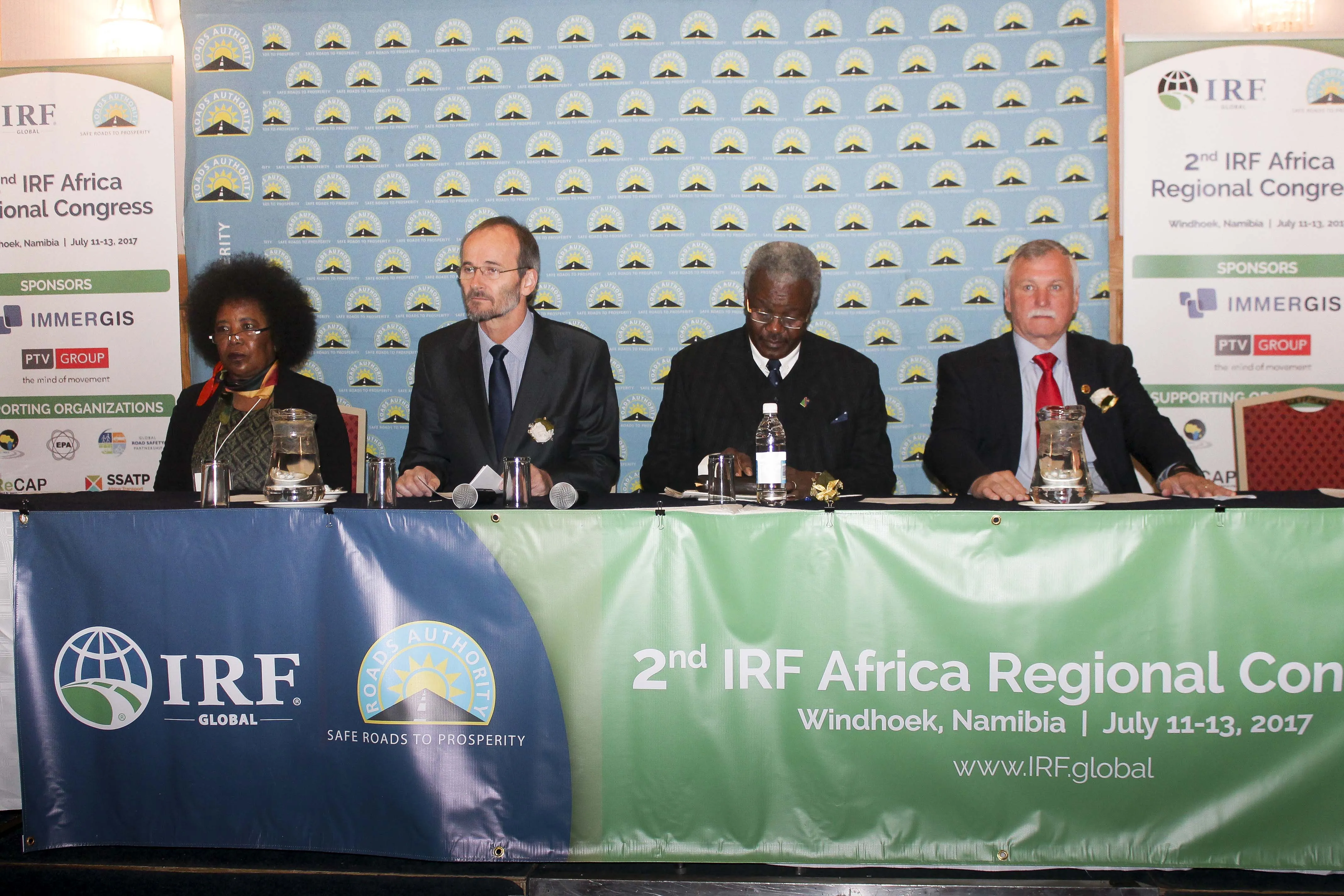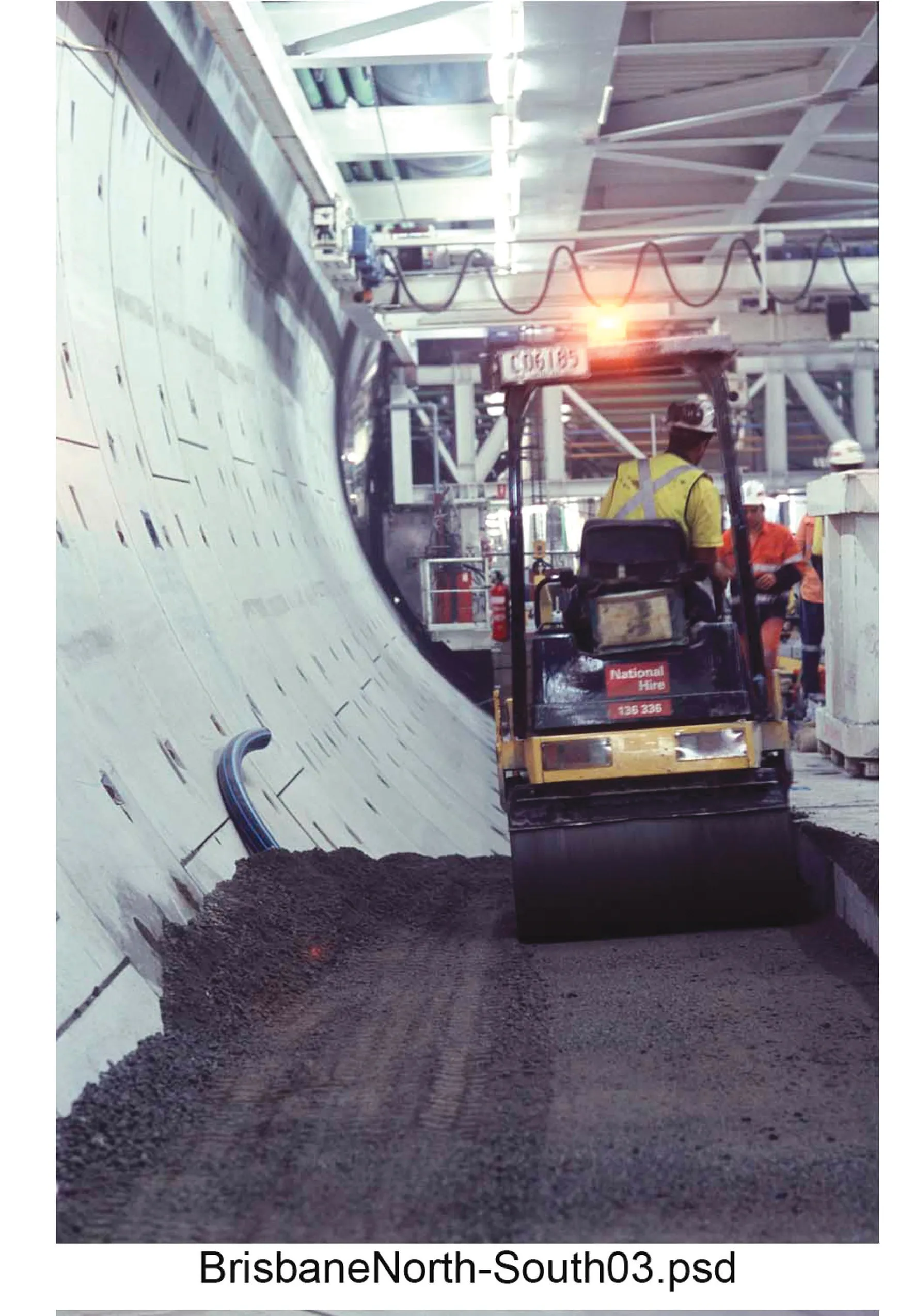This 6,000km route would provide an important economic link between two of Africa’s main ports. Although most of the route between Mombasa and Lagos is paved, the existing road connections are not able to cope with traffic needs and delays are frequent. An improved road connection between two of Africa’s most economically active nations, Kenya and Nigeria, would also provide a massive boost to trade and transport for the continent as a whole.
The project would however include far more road connections than the single route connecting the two ports and would in fact account for a total of 60,000km of new road links. This plan would form part of the Trans-African Highway project, first mooted as far back as 1971. It would also include the construction of new railway connections across the continent.
When the Trans-Africa Highway plan was proposed in 1971, it envisaged nine new highways across the continent. To date, only the 4,500km route connecting Dakar and N’Djamena in Chad has been completed.
And in addition to the 6,000km highway between Mombasa and Lagos would be an 8,000km route from Dakar in Senegal to Cairo in Egypt, as well as a 4,700km route between Dakar and Lagos. Stretches of the North African Highway between Dakar and Cairo have already been built, most notably those crossing Morocco, Algeria and Tunisia. However sections remain to be built, with problems arising from the turmoil in Libya. Other hold-ups include the ongoing political issues between Morocco and Algeria that make border crossings between the two extremely difficult.
Mombasa to Lagos highway proposed by African Union special envoy
A new highway connecting Kenya’s port of Mombasa with Nigeria’s commercial centre and main port of Lagos has been put forward by a special envoy to the African Union. The Kenyan opposition leader, Raila Odinga, was recently appointed to the post of special envoy to the African Union and announced the plan for a new transport connection between Mombasa and Lagos.
This 6,000km route would provide an important economic link between two of Africa’s main ports. Although most of the route between Mombasa and
November 2, 2018
Read time: 2 mins
A new highway connecting Kenya’s port of Mombasa with Nigeria’s commercial centre and main port of Lagos has been put forward by a special envoy to the African Union. The Kenyan opposition leader, Raila Odinga, was recently appointed to the post of special envoy to the African Union and announced the plan for a new transport connection between Mombasa and Lagos.







